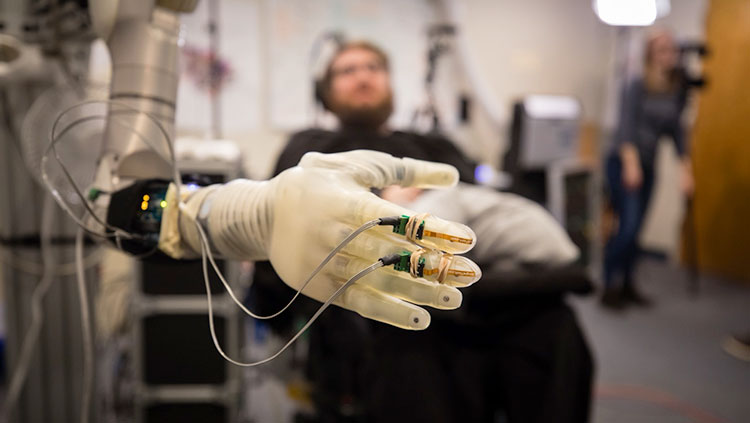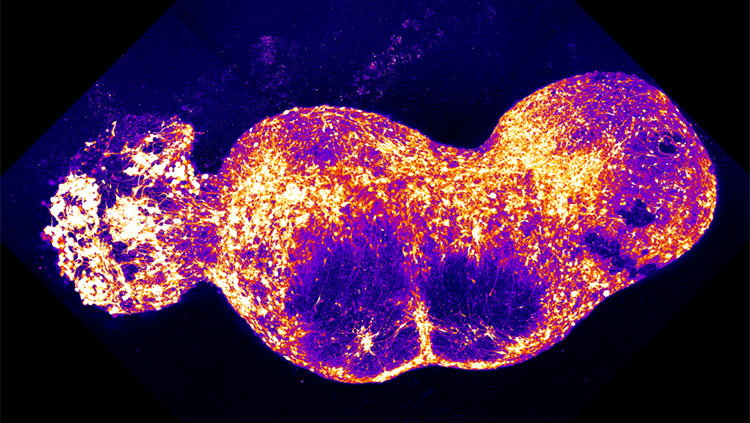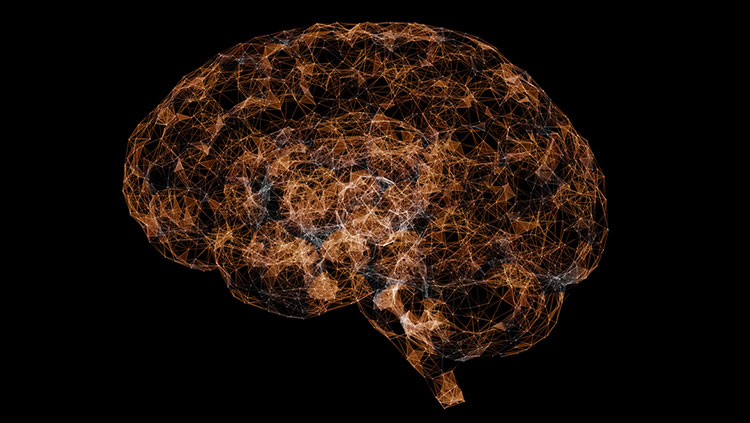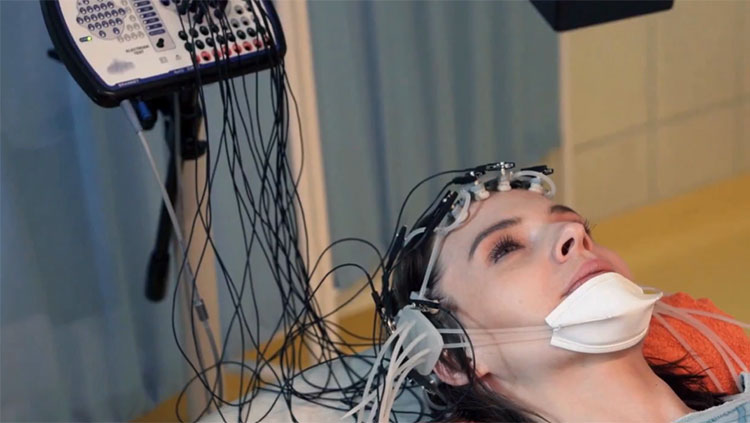What Are Optogenetics?
- Published29 Aug 2017
- Reviewed29 Aug 2017
- Source BrainFacts/SfN
Optogenetics let scientists literally control the brain, by controlling the signaling of individual neurons. But how does it work, and what is it used for? Scientists have harnessed the power of an algae protein called channelrhodopsin and are using it to change the face of neuroscience.
Learn more about optogenetics in this video, which won first place in the 2017 Brain Awareness Video Contest. This video is by Alison Caldwell, graduate student at University of California: San Diego, and Micah Caldwell.
Want to see your video here? Learn more about the Brain Awareness Video Contest and start planning your submission today!
CONTENT PROVIDED BY
BrainFacts/SfN
Transcript
The future is now. We’ve got the entire world wide web in our pockets, chefs have created veggie burgers that bleed like real meat, and scientists can control minds. Wait...what? Yeah, that’s not a joke!
Hey there! I’m Alie Astrocyte, and on this episode of Neuro Transmissions, we’re going to talk about optogenetics - controlling the brain using light. When I say mind control, it might sound like something out of Star Wars - but in the last decade, advances in technology have let scientists figure out how to directly control the signaling between neurons. See, neurons use electricity to send signals. All along both sides of the membrane are electrically charged ions, which create an electrical gradient. To send a signal - called an action potential - ion channels have to open to allow ions to flow across the plasma membrane, shifting the balance of the electrical charge. This change in the charge sends the action potential shooting down the axon of the neuron, passing the signal along to the length of the cell.
Since that action potential is the key to how neurons communicate, neuroscientists have been trying to figure out how to control it. Control action potential and you control the brain! Kinda. But it wasn’t until the early 2000’s that they found the right tools for the job. In 2003, some scientists at UC San Francisco discovered a protein called channelrhodopsin - a light-sensitive ion channel produced by an algae. This channel opens in response to light, allowing the algae use it to sense the direction of a light source - like the sun.
Scientists immediately realized that this new protein could be the answer to their conundrum. In 2004, two separate groups of neuroscientists were able to use viruses to insert the channelrhodopsin gene into neurons. Since channelrhodopsin can be activated by shining a light on it, when it’s expressed in neurons, shining a light on those neurons opens up the channels, generating an action potential. Scientists have been able to create mice that naturally express the protein in their neurons, and researchers can surgically insert tiny LED lights or optic fibers into different brain regions to focus their light beam on specific structures or cell types.
When they turn on the light, they essentially turn on the neurons exposed to the light. This lets them examine how turning those cells on and off affect a lot of different things - including controlling the behavior of an awake animal. And because light is so easy to turn on and off, optogenetics allow very precise control of neuronal activation. Like, in the realm of milliseconds. Because optogenetics only requires a single gene to create the protein, scientists can target specific types of neurons to make them express channelrhodopsin in living animals, letting them pick apart the roles of different cells in the brain.
Even more recently, researchers have started using new light-sensitive proteins to influence neuronal signaling. Some of them open and close at different rates, affecting the speed of the neuron’s signal, and some of them can actually /suppress/ action potentials, letting scientists effectively turn /off/ particular neurons within a circuit. Using optogenetics, neuroscientists have been able to discover some pretty fascinating new stuff. Some researchers have identified a circuit in the amygdala - sometimes thought of as being the “fear center” of the brain - that’s involved in how we learn to fear something, and they’ve also been able to tease apart some of the circuits that are affected in movement disorders like Parkinson’s disease.
Other researchers - including some of my friends here at UCSD! - are using optogenetics to understand how the brain processes time, and how different brain cells are connected to aggressive behaviors. Some scientists are even trying to use optogenetics to help /human/ patients by developing new kinds of pacemakers that use light to regulate the heartbeat. That’s the beauty of a technology like optogenetics - it can be used for /so many/ different things.
The possibilities are really endless! I guess we’d better be careful and make sure we keep this technology away from the mad scientists, huh? Thanks for watching this episode of Neuro Transmissions! If you liked it, give us a thumbs up, and hit subscribe to learn more about the new kinds of technologies scientists are using to study the brain. If you really love what we do, please consider supporting us on Patreon - we couldn’t do all this without your support. Until our next transmission, I’m Alie Astrocyte - over and out.
Also In Tools & Techniques
Trending
Popular articles on BrainFacts.org

















